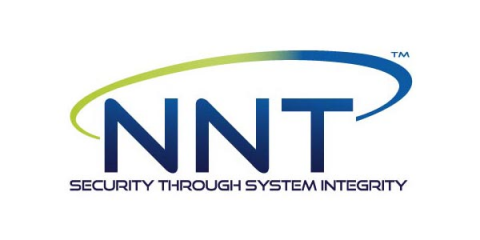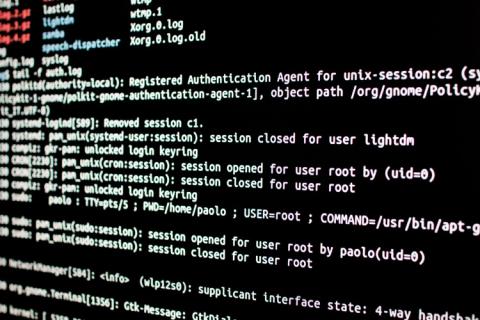Marriott Starwood Hotels Breach: Details on 500 Million Guests Compromised
Global hotel chain Marriott has revealed that it suffered a significant data breach with the data of 500 million customers possibly compromised by attackers. Marriott received an alert on September 8 from a security tool regarding an unauthorized attempt to access the Starwood guest reservation database. Upon inspection, the company discovered that there had been unauthorized access to the Starwood network since 2014.







